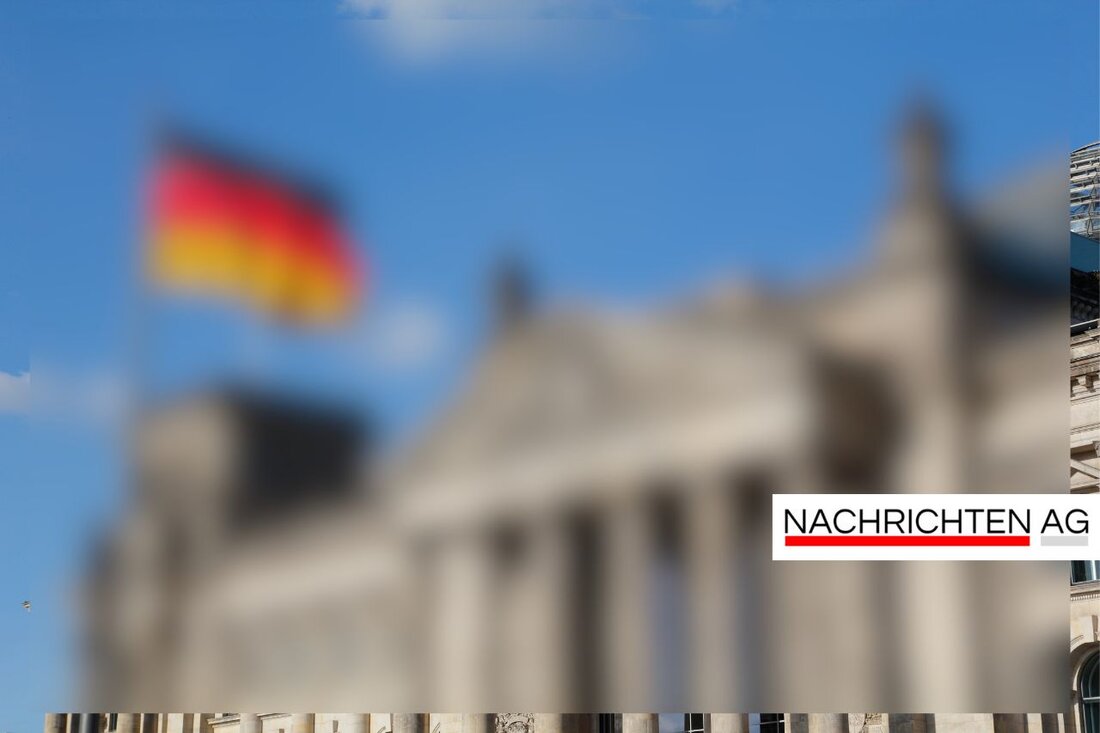Monetary Union 1990: The day when the D-Mark conquered the GDR!

Monetary Union 1990: The day when the D-Mark conquered the GDR!
On June 30, 1990, Germany experienced a historical turn when the D-Mark was introduced as an official currency in the GDR. At midnight, the first West German banks, including Deutsche Bank, opened their doors at Alexanderplatz in East Berlin. This was not only the starting signal for the monetary union, but also the beginning of a profound change for people in the former GDR. Like Tagesschau.de , waiting for a total of 600 tons on the day after the currency changeover, the Bundesbank Banknotes and 400 tons of coins transported to the new federal states.
The changeover to the D-Mark happened during a time. Before the monetary union, the citizens of East Berlin imaginatively negotiated exchange courses on the streets, while the federal government set the exchange course: savings were exchanged two to one, but wages and pensions one to one. Chancellor Helmut Kohl assured in a television address that no one would be disadvantaged by this change. Mind you, the euphoria among the citizens was initially great, but the reality of economic change was not long in coming.
euphoria and disillusionment
The first days after the introduction of the D-Mark were characterized by cheers and celebrations. The people in the GDR saw a symbol of prosperity and hope in the new currency. But soon many of them learned the dark side of this currency reform. Around 60 % of East German production facilities disappeared within a short time, while the prices for western products rose sharply. Like Deutschlandfunk Kultur reported, the majority of the East German goods fell out of the market because they were not competitive in the new market economy.
The problems that the monetary union brought with it were diverse. Regine Hildebrandt, Minister of Labor and Social Affairs in the GDR, criticized the sudden changes and recommended that the citizens be careful with the new money. Soon afterwards there was a health and emotional burden among the citizens, who commented in front of the banks in fainting fits and desperate scenes. Wikipedia reports that the damage caused by fraud is also valued at DM 20 billion, since criminals use the inexperience of the bank employees.
a new age
With the introduction of the D-Mark, not only an currency ended, but also an entire system. GDR citizens have now held D-Mark in their hands, which not only symbolized financial prosperity, but also the abolition of border controls in Germany. This currency, economic and social union came into force on July 1, 1990, signed by the finance ministers Theodor Waigel and Walter Romberg. Now it was necessary to redesign the social structures according to the West German model. Deutschlandfunk Kultur emphasizes that West German labor law and freedom of coalition were also introduced in the GDR, which is a clear break with the past.
The monetary union has left its mark to this day. The memory of that night remains, and with it the lessons that have to be drawn from this drastic economic and social change. Finally, the course of the story shows that the path to a new era is not always easy, but often begins with hope and an unshakable belief in change.
| Details | |
|---|---|
| Ort | Alexanderplatz, 10178 Berlin, Deutschland |
| Quellen | |
